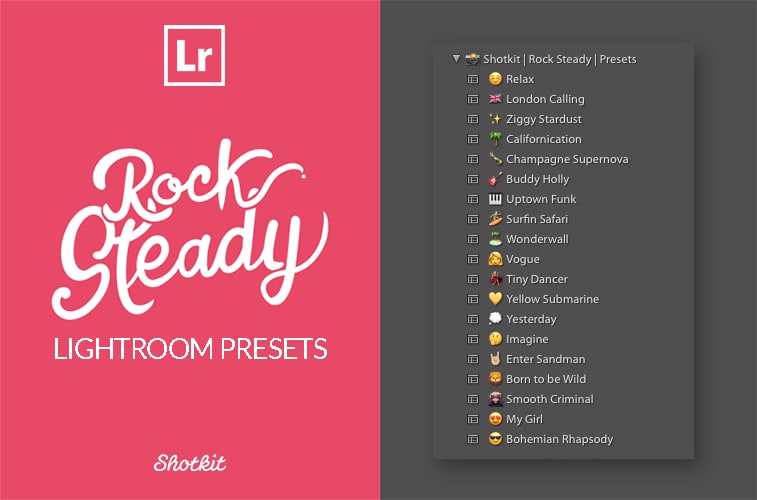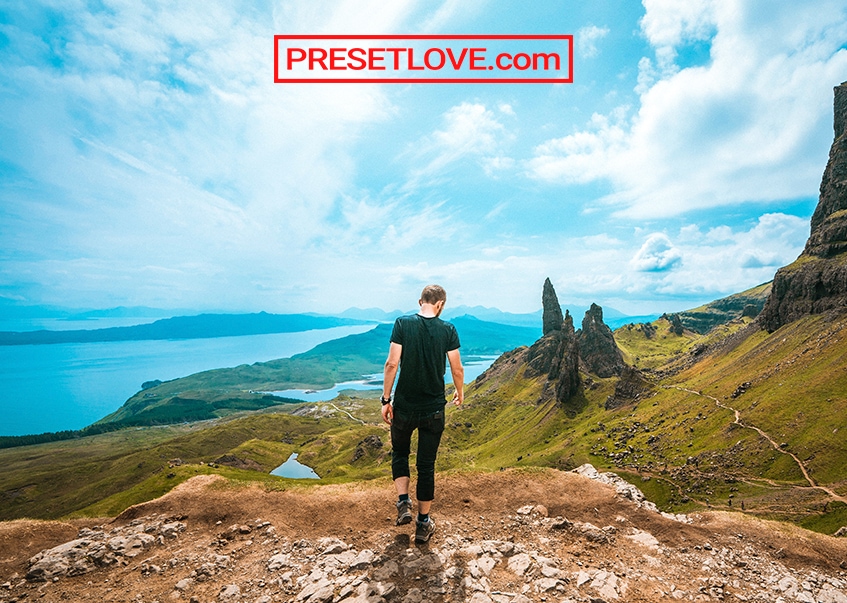
- #HOW TO DOWNLOAD FREE PRESETS FOR LIGHTROOM ON TO LIGHTROOM HOW TO#
- #HOW TO DOWNLOAD FREE PRESETS FOR LIGHTROOM ON TO LIGHTROOM INSTALL#
- #HOW TO DOWNLOAD FREE PRESETS FOR LIGHTROOM ON TO LIGHTROOM SOFTWARE#
- #HOW TO DOWNLOAD FREE PRESETS FOR LIGHTROOM ON TO LIGHTROOM ZIP#
- #HOW TO DOWNLOAD FREE PRESETS FOR LIGHTROOM ON TO LIGHTROOM MAC#
#HOW TO DOWNLOAD FREE PRESETS FOR LIGHTROOM ON TO LIGHTROOM MAC#
Or you can use AirDrop if you have the files saved on your desktop and you’re a Mac user. You can use Dropbox to transfer presets files from your desktop. You can email the files to yourself to then open the email on your phone. If you’ve got the files already saved on your desktop computer, there are several ways to transfer presets to your phone.

If you receive them individually, simply open the email directly from your phone and save the presets files.
#HOW TO DOWNLOAD FREE PRESETS FOR LIGHTROOM ON TO LIGHTROOM ZIP#
When you purchase or download Lightroom presets, you’ll either get the individual files or a zip file. And you use that photo to tell Lightroom Mobile what the preset is. What you essentially do is have a photo in DNG format with the preset applied. This includes all the setting adjustments.
#HOW TO DOWNLOAD FREE PRESETS FOR LIGHTROOM ON TO LIGHTROOM INSTALL#
Instead, you’ll use DNG files to install the presets to Lightroom.ĭNG files are a type of RAW file that retains all the information of the image. You won’t have XMP files for your presets.
#HOW TO DOWNLOAD FREE PRESETS FOR LIGHTROOM ON TO LIGHTROOM HOW TO#
When learning how to install Lightroom presets into Lightroom Mobile without a desktop computer, it works a bit differently than the Lightroom Classic desktop version.
#HOW TO DOWNLOAD FREE PRESETS FOR LIGHTROOM ON TO LIGHTROOM SOFTWARE#
It passes the original file directly to the software of your choice, without creating a duplicate file.How Do You Install XMP Preset Files Into Lightroom Mobile? Found under File menu (or Library menu) > Plug-in Extras, it does exactly as the name suggests. The other option is the Open Directly plug-in created by John Beardsworth. You could right-click on the photo/video and select Show in Explorer (Windows) / Show in Finder (Mac) and then open it into the software of your choice. You could set the File Format to Original and use the same kind of Export settings we’ve used above, but the downside is that Export has to create an additional copy of the photo or video on the hard drive. Or maybe you want to pass a raw file over to another raw processor. Simply right-click on the photo and choose Export > your preset name.īut what if you want to pass the original file to other software? Perhaps you need to pass a video to video editing software. Having created the preset, you don’t need to return to the Export dialog every time you need to use it.Here’s a sample preset I created for Topaz Studio… Once you’ve selected your settings, save the preset by clicking the Add button in the bottom left corner of the Export dialog, and giving it a sensible name.Once Lightroom has created the exported file, it passes it over to the software you’ve selected. Select Open in Other Application, then click Browse (Windows) / Choose (Mac) and navigate to the program exe file (Windows) / app (Mac). The key to using Export Presets to pass photos to other editing software is the After Export pop-up.One word of warning… if your parent keywords have Include on Export unchecked, they won’t be included in the exported photo and therefore be added back into your keyword hierarchy correctly. If you’re adding the photo back into your catalog, you’ll generally want to check W rite Keywords as a Lightroom hierarchy.In most cases, you’ll want to retain All Metadata.If you’re passing the photo over for additional editing, you won’t want to apply Output Sharpening or Watermarking.You’ll usually leave Resize to Fit unchecked when passing a photo to other editing software, so you retain all of the available pixels.

Image Sizing, Sharpening, Metadata & Watermarking We discussed these options in the last blog post.

The Export dialog, on the other hand, allows you to use a different filename template for each Export Preset, so you might have Filename-Topaz.tif and Filename-Nik.tif. External editors all share the same filename template, which adds -Edit to the end of the filename by default.If you check Add to This Catalog, the photo is added to the catalog, just like an External Editor preset.This is useful if you like to keep your edited files separate from the originals. The Export dialog allows you to choose a specific location for the edited photos, or to put the photos in a subfolder. External Editor presets always place the edited photo in the same folder as the original.However, there are a few options to look out for when passing photos to other editors: Export Location I’m sure you’re already familiar with the Export dialog, so we won’t go through what all of the different settings do. In our last blog post, we discussed how to add external editors to Lightroom Classic, but we ended with a few questions: What if you want to change the file name to identify each editor? Or perhaps you wanted the edited photos to be stored in a different folder? Or what if you need to pass a video to some video editing software? Lightroom’s External Editor preferences don’t allow you to handle these scenarios, but there is another option… Export Presets.


 0 kommentar(er)
0 kommentar(er)
